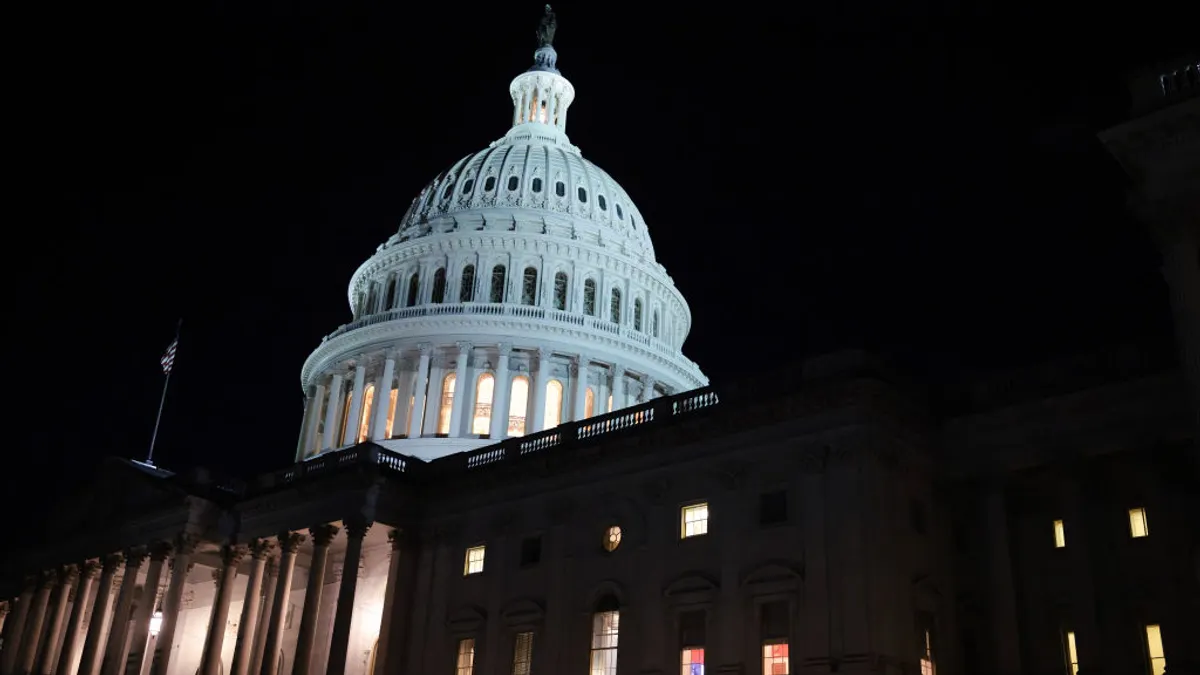Dive Brief
-
Seeking to distinguish itself as a premiere science and technology institution, the University of Missouri-Rolla changed its name to Missouri University of Science and Technology in 2008. Reflecting on the change 10 years ago, communications director Andrew Careaga recalls the robust name change process at Missouri S&T and provides some takeaways in his blog from the experience.
-
Leading up to the change, Careaga said the behind-the-scenes work was intense and time consuming. He and staff spent many hours building buy-in from various stakeholders, transforming tons of website content, and remaking all the institution’s visual elements.
-
In undergoing the name change, Careaga advised institutions to distinguish themselves from competitors, strive for consistency ensuring the name change is represented throughout institution, focus on the logo, and use data and research to drive changes. Overall, he said brand building is an ongoing process that never ends.
Dive Insight
In 2008, the University of Missouri-Rolla was ahead of the industry curve. When the university’s president embarked on changing the school's name, the institution had high enrollment and was doing well on basic measures. Fast-forward to today, when many colleges are struggling with enrollment issues, Missouri S&T is better positioned to attract students and thrive in an environment where competition for students is fierce.
Colleges and universities throughout the U.S. are seeing drops in enrollments, according to the National Center for Education Statistics. In order to successfully compete for students, institutions need to distinguish themselves from competitors. Effective branding efforts can help tremendously by clearly communicating strengths to prospective students and other audiences.
Effective branding also can help improve an institution's financial standing. The University of Illinois’ investment strategy, tied to farming assets, is a perfect example of an institution leveraging its strengths through branding. The University of Illinois, one of a handful of institutions with significant farmland holdings, is hoping good relations with area farmers will lead to more land gifts.







